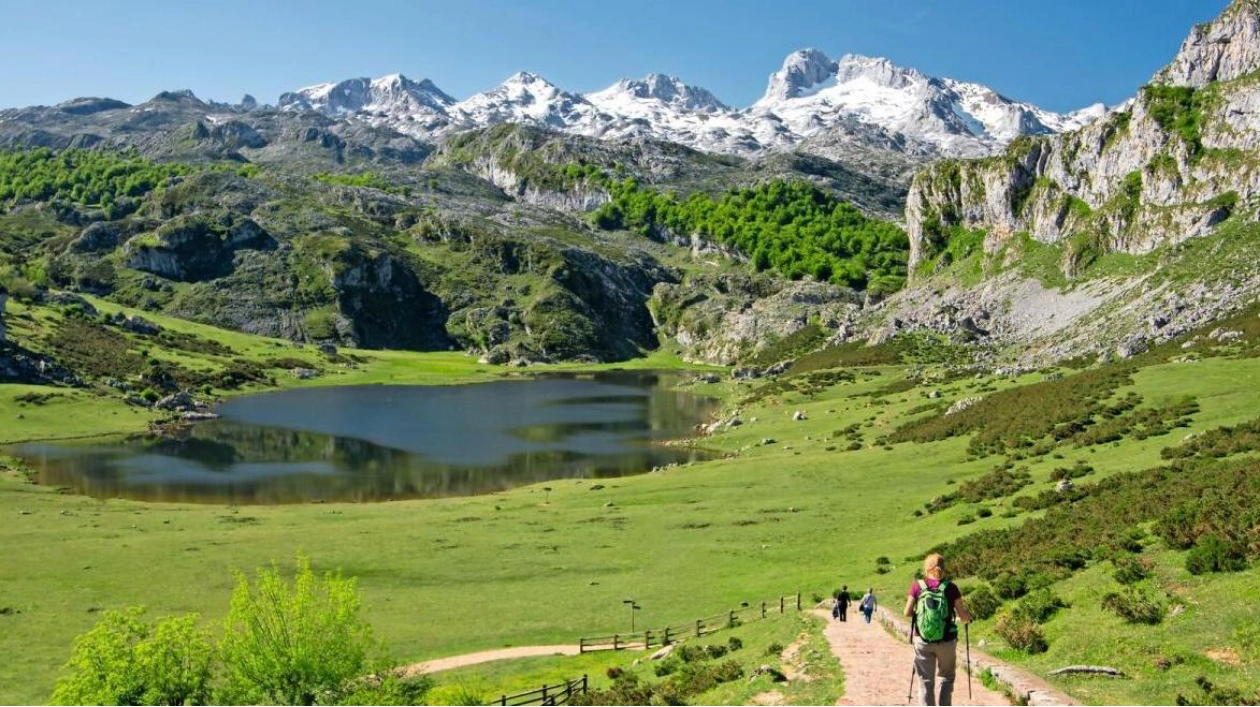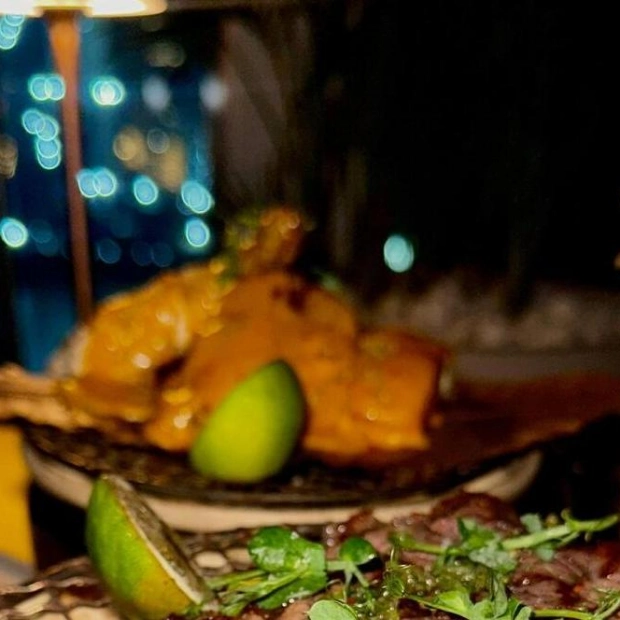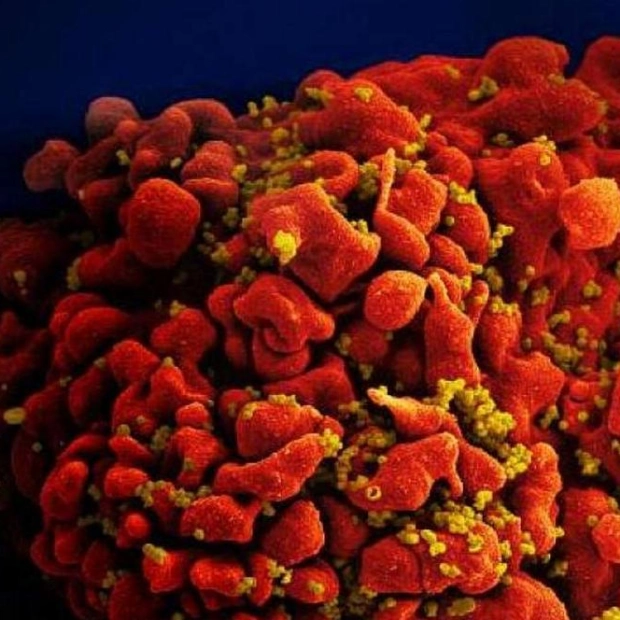When it comes to winter travel, Spain might not be the first destination that comes to mind for GCC tourists. However, venturing beyond the usual hotspots and exploring the lesser-known treasures of the country’s north — affectionately known as ‘Green Spain’ — reveals an untouched paradise filled with cultural heritage, breathtaking landscapes, and world-class cuisine. Whether you’re drawn to dramatic coastal views or delectable culinary experiences, Northern Spain offers an enchanting winter adventure like no other.
For those seeking a fresh perspective on Spain, the northern regions — Galicia, Asturias, Cantabria, and the Basque Country — are ideal. Renowned for their lush landscapes, dense forests, and dramatic mountains, these regions are a haven for nature enthusiasts. Imagine rugged cliffs towering above the sea, charming fishing villages, and secluded beaches set against the backdrop of soaring peaks. Coupled with rich cultural heritage, including up to seven UNESCO World Heritage Sites, this destination promises endless discovery.
Northern Spain is not just about the sights; it’s also a feast for the senses. The regions are celebrated for their rich gastronomic traditions, blending the bounty of the Cantabrian Sea with the lush produce of the inland valleys. Whether it’s traditional comfort food or modern, avant-garde dishes, each bite offers something extraordinary. In fact, with over 50 Michelin-starred restaurants — many clustered in the Basque Country — Green Spain has emerged as a global gastronomic hotspot. From Galician seafood, including king prawns and lobsters, to Asturian dishes like the hearty fabada stew and world-renowned cider, every region offers a unique taste of Spain. The Basque tradition of ‘pintxos’ — small gourmet bites served in bars — is a culinary art in itself.
For the adventurous, Green Spain is home to one of the most famous pilgrimage routes in the world — the Camino de Santiago. This ancient route traverses breathtaking landscapes and charming villages, offering not just spiritual fulfillment but a unique way to discover the north. Santiago de Compostela, the pilgrimage’s end point, is a UNESCO World Heritage Site and one of Spain’s most historic cities.
The Basque Country, known for its cutting-edge architecture and pristine beaches, is a cultural and culinary epicenter. From the vibrant city of Bilbao with its world-famous Guggenheim Museum to the gastronomic paradise of San Sebastián, this region caters to both food lovers and adventure seekers. It’s also home to some of Spain’s finest Michelin-starred restaurants, making it a culinary capital.
Situated on Spain’s far western coast, Galicia offers wild beauty with its rugged cliffs, lush forests, and mystical Celtic heritage. The Atlantic coastline is renowned for its fresh seafood, and cities like Santiago de Compostela and A Coruña boast rich cultural histories. Don’t miss the breathtaking landscapes of Costa da Morte and the Islas Atlánticas National Park.
Nestled between the mountains and the sea, Asturias and Cantabria are a natural wonderland. The Picos de Europa mountain range offers unparalleled hiking opportunities, while the picturesque fishing villages along the coast provide a serene escape. Cities like Gijón and Oviedo in Asturias and Santander in Cantabria are steeped in culture, while Cantabria’s famous Altamira Caves house some of the world’s oldest prehistoric art. Asturias is celebrated for its regional cuisine, including fresh seafood and local cheeses, while Cantabria’s hearty stews and innovative Michelin-starred dishes will keep any food lover coming back for more.
For more information, visit: www.spain.info/en/route/travel-plans-week-green-spain/
Source link: https://www.khaleejtimes.com






